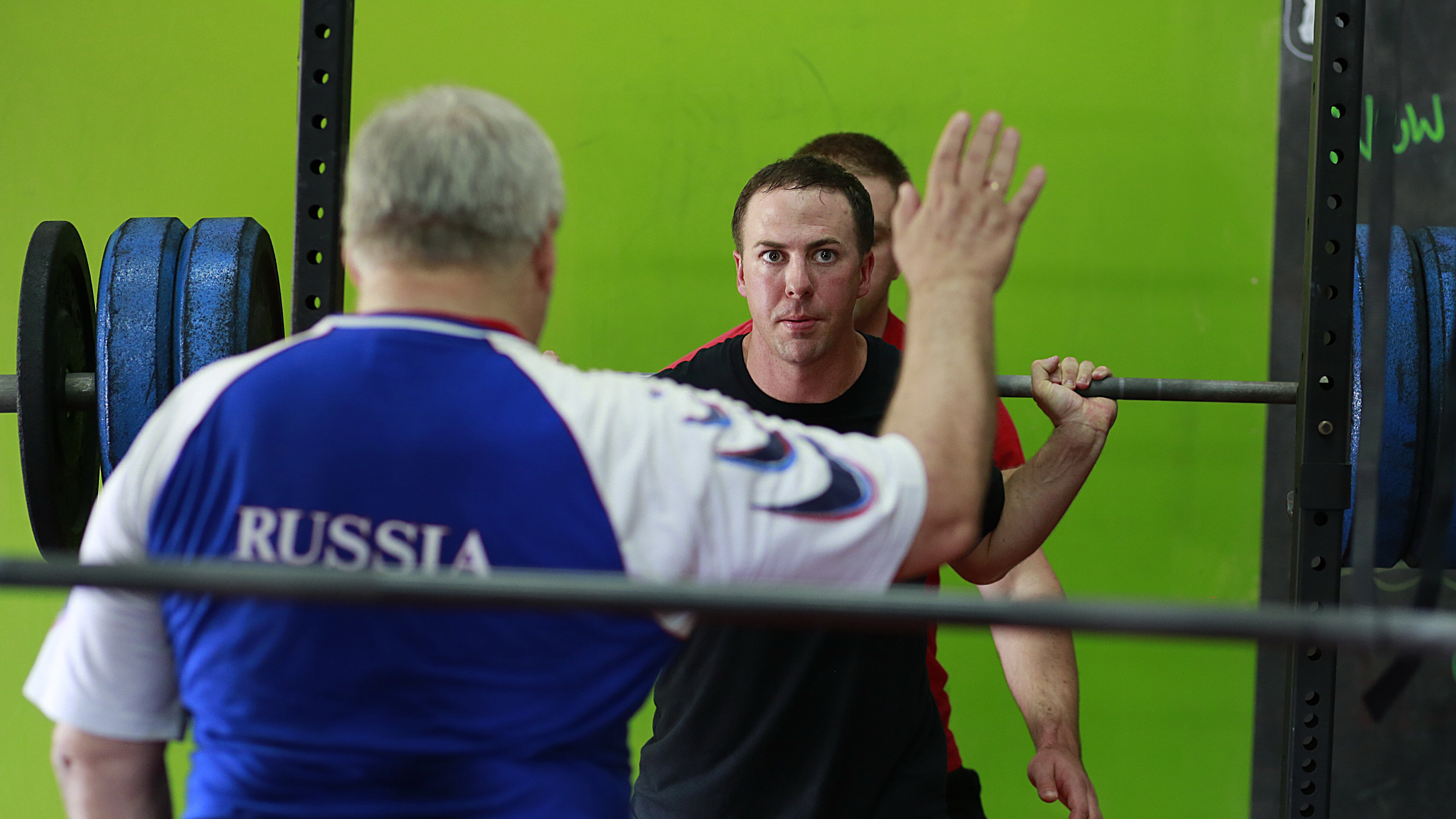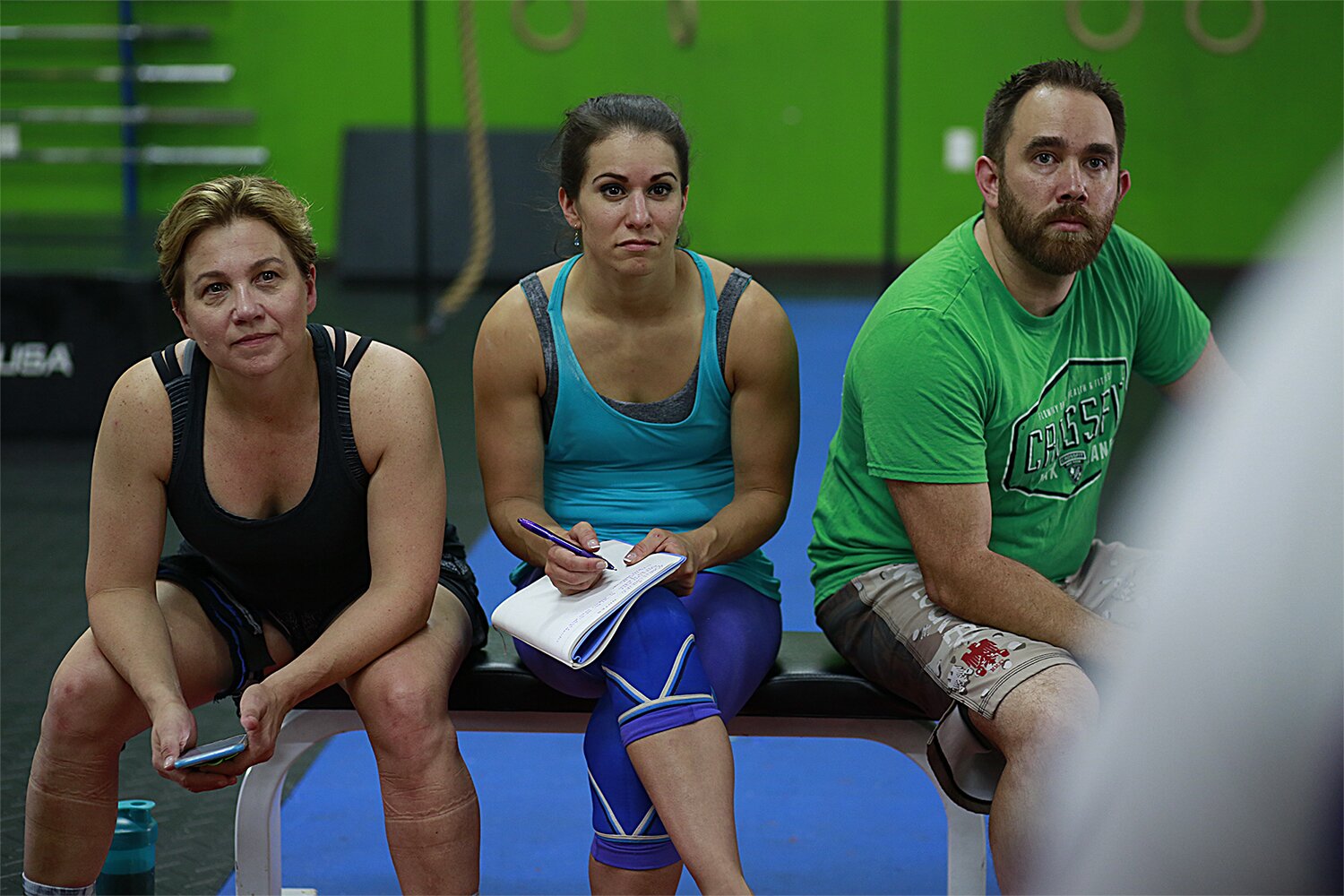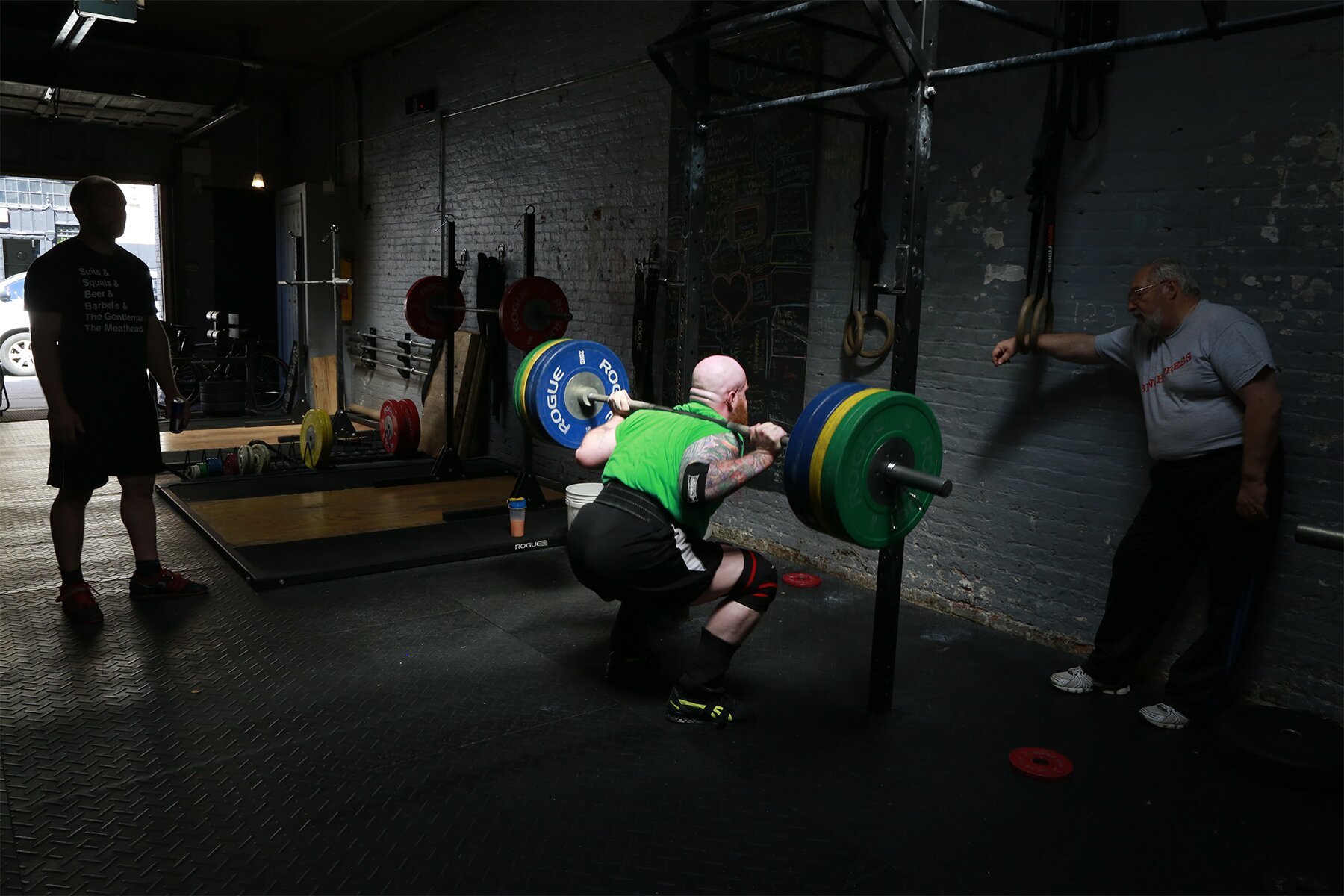
Sheiko US Tour-2016. The most frequent technique mistakes I’ve noticed. Part 1. Squat.
by Boris Sheiko
From August 12th to 24th I was taking part in a tour of seminars in five US cities: Atlanta GA, Ashland OH, Columbia SC, Boston MA and New York. All seminars had theory and practice parts. We also carried out 4 group training sessions. During practice parts and training sessions we defined the most common mistakes in competition exercises technique.
In squats:
1. High position of the bar on a back.
2. Extra steps before getting into starting position.
3. Excessive leaning over during squat.
4. Not breaking parallel.
1. High position of the bar on the back.
With high position of the bar it lies on trapezius muscles, as Olympic weightlifters do. With such position the angle between thighs and torso will be large. This will force knees to go forward and get steeper angle in the knee joint. Most work will go on quads and glutes.
Recommendation
Put the bar on rear deltoids, next to scapula. If with such bar positioning you experience discomfort in your elbows or shoulders then you should increase grip width to avoid it.
2. Extra steps before getting in starting position.
A lot of athletes make extra steps before getting into position to squat.
Recommendation
Do the bare minimum number of extra movements. Try to get into position with going 1-2 small steps, so you won’t waste energy. Sufficient distance is achieved once you don’t touch the squat rack during the exercise.
3. Excessive leaning over during squat.
When athlete has too much of incline in torso during squats on the way up – it means that his glutes and hamstrings are weak. To compensate that athlete puts extra load on quads and back muscles. Quads work the most in order to help hamstrings to overcome tension.
Recommendation
Include exercises for glutes and hamstrings in your training program.
1. For hamstrings: leg curls under different angles and lunges.
2. For glutes: Romanian deadlifts, single leg presses, hyperextensions, lunges and deep squats
3. Front squats.
4. Not breaking parallel.
Athletes, who start squats with knees bending, usually have a problem of knees traveling past the toes line. This makes it harder to reach the depth.
Recommendation
Start squat exercise with your hips going behind, and knees going the same direction as toes are pointing.
For quickest learning how to squat below parallel you should perform:
1. Squats with 2 sec pause in the hole.
2. Low box squats.
I will cover bench press mistakes in the part 2






